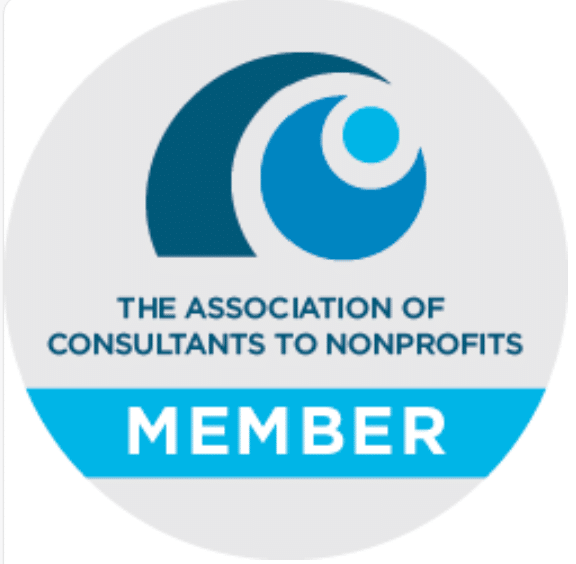A New Vision, a New Approach to Association Strategic Planning
The American Psychological Association (APA), which represents over 146,000 psychologists across the United States, is a leading organization dedicated to advancing the science and practice of psychology. However, the APA faced a period of stagnation, highlighting the importance of well-crafted association strategic planning. Membership numbers had plateaued, and revenue growth had stalled.
The culprit? An outdated strategic plan that lacked clear focus and direction. The plan, in place for over a decade, had led to a proliferation of competing priorities, making it difficult for the APA to achieve any of them effectively.
Adding to the challenge was a sense of disconnect between the APA leadership and its members. Many psychologists felt skeptical of the organization’s direction and questioned decision-making processes.



Building Consensus Through Engagement
To accomplish this, we:
- Maintained open communication: Conducted regular conference calls open to all members to provide updates on the association strategic planning process and actively solicited feedback to ensure member voices were heard.
- Gathered member priorities: Engaged over 30,000 psychologists through a series of online surveys, harvesting valuable insights to inform the development of the strategic plan.
- Leveraged member expertise: Facilitated in-depth discussions with influential members from diverse areas of the association, garnering crucial perspectives to shape the strategic direction.
- Promoted member engagement: Provided regular online updates on the progress of the strategic plan, fostering an environment for members to actively participate and share their feedback.
Leveraging Data for Strategic Alignment
Objective data played a crucial role in unifying the organization. Sequence conducted in-depth interviews with thought leaders from peer associations, healthcare organizations, and public figures. These discussions revealed vital challenges and trends within the psychology field, informing the development of the strategic plan. Additionally, competitor analysis identified best practices and uncovered new opportunities for the APA.
The Board and executive team actively participated in workshops designed to shape the strategic direction. Drafts of the evolving plan were shared widely with members, and conference calls facilitated open discussions and feedback. This level of transparency fostered trust and a sense of ownership among the members of the strategic plan.
Streamlining Priorities, Achieving Results
Results: A Blueprint for Growth and Stability
Delivering Results That Matter: The APA’s visionary approach to strategic planning has driven significant membership growth and strengthened financial stability, reinforcing its value to members.
- Membership Milestone: Achieved a remarkable 25% growth in membership, the largest surge the organization has seen in years, coupled with a steady 4.5% annual increase.
- Financial Resilience: Maintained consistent revenue growth of 4.5% annually, even during the unprecedented challenges of the COVID-19 pandemic, underscoring the APA’s fiscal strength.
- Enhanced Member Value: The transformation highlights the increased value delivered to members, showcasing the APA as an indispensable resource and community.
- Attracting and Engaging Members: Strategic changes have likely introduced improved services, tailored resources, and a stronger sense of belonging—key drivers of member recruitment and retention.
Beyond the Numbers: A Renewed Association
The benefits of the new strategic plan extend beyond membership and revenue figures. Psychologists now have a clearer understanding of the APA’s direction and its commitment to serving their needs.
The collaborative approach to strategic planning has fostered a sense of ownership and engagement among members. The APA is now a more efficient and adaptable organization, well-positioned to address the evolving needs of the psychology field.
Key Takeaways for Association Strategic Planning
The APA’s success story offers valuable insights for other associations facing similar challenges. A transparent, data-driven approach to association strategic planning and genuine member engagement can lead to a more focused and successful organization. By prioritizing clear goals and streamlining activities through a well-crafted strategic plan, associations can achieve sustainable growth and better serve their constituents.
To read more about association strategic planning, please see: How to Refine Your Association’s Strategic Plan and Crafting a Resilient Strategic Plan in Uncertain Times












